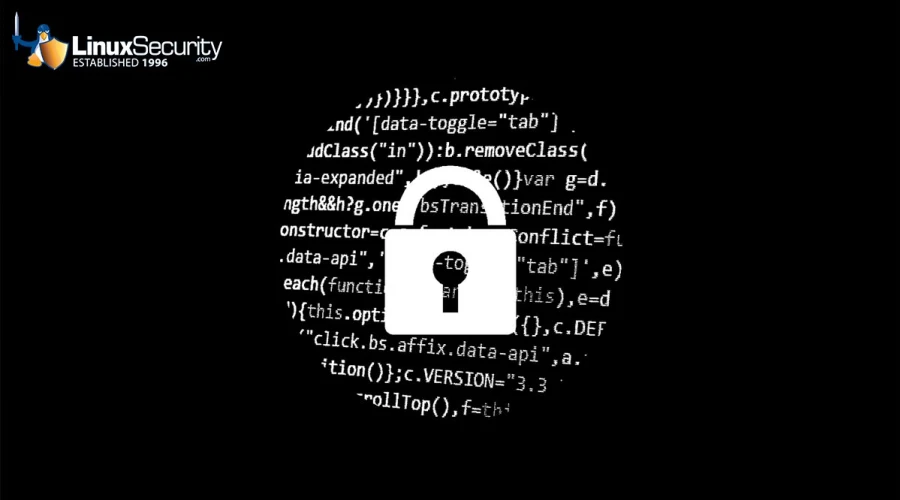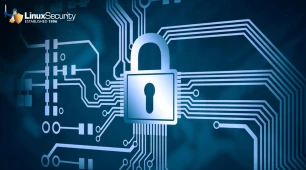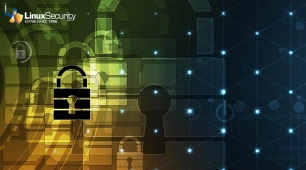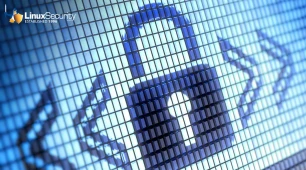
Linux is a powerful operating system that is greatly appreciated for being reliable, flexible, and open in nature. It runs servers, desktops, and even embedded devices around the world. But this huge popularity comes with big risks too, as Linux-based systems are not really safe from security hazards. Thus, implementing Linux security best practices effectively secures your infrastructure against security vulnerabilities, data breaches, and data loss.
The most effective way of implementing security is embedding it into a secure software product development life cycle. Of course, different phases of the SDLC—from planning to deployment and maintenance—may have their share of intervention. You may mitigate the risks associated with well-planned possible vulnerabilities or impose secure code on your application development to strengthen your application base. You may notice in a well-implemented SDLC that those places have embedded security to make early control of risks possible.
This detailed white paper highlights imperative Linux security best practices to protect your open-source environment.
Keep Your System Updated
System updates are one of those core aspects of security that tends to get overlooked. Updates patch vulnerabilities currently being exploited by attackers. Delays in updating expose your system to risk unnecessarily, even when your configuration appears secure.
Real-World Example:
A vulnerability in the Linux kernel, CVE-2021-3156, provided privilege escalation in 2021. Exposure was mitigated for those users who managed to apply an update in good time, yet there are still unpatched systems out there ready to be exploited.
How to Stay Updated:
- Apply critical patches using automated scripts like unattended-upgrades to ensure timely application of patches.
- Fetch the latest packages from a package manager such as apt, yum, or dnf.
- Go through changelogs of key pieces of software for possible security implications. Bear it in mind that sometimes even tiny changes can have important security consequences.
Use the Principle of Least Privilege
Principle of Least Privilege restricts the potential damage that can be done by an account or process in case it gets hacked: minimize the amount of permissions granted to reduce the possibility of unauthorized access to sensitive information.
Practical Steps:
- Allow no root logins for administration and use sudo instead.
- Set file permissions using the utilities chmod, chown, or setfacl. A sensitive configuration file, for example, may require only chmod 600.
- Minimize set user ID programs that grant processes privileges they don't really need to carry out their functions through the implementation of strict access control policies utilizing SELinux or AppArmor.
Enhance Authentication
The authentication procedure is the first entry point into your Linux boxes. Weak password policies, password reuse, or badly implemented mechanisms will let them in.
Advanced Practices:
- Enforce password policy, for example, pam_pwquality, and it should contain a minimum length, enforcement of special characters in passwords, and password expiration.
- Two-factor authentication using Google Authenticator or Duo Security adds another layer of security.
- Switch to key-based authentication instead of passwords for remote logins. Keep your private key in a safe place.
Firewalls and Network Security
Firewall and intrusion detection systems are the first layer of defense that keeps bad people and scripts away from your systems. Linux has superb tools to tune up network security policies.
Enhancing Network Security:
- Firewall: either use fine-grained control of iptables or the ease of use of ufw. Example: ufw deny 22 bans SSH on port 22.
- IDS: Install Snort or Suricata and detect bad traffic patterns.
- Use Wireshark and tcpdump to monitor network flows in real-time to detect abnormalities.
Encrypt Data at Rest and in Transit
Encryption is an absolute must for locking up your sensitive data from unauthorized access both on the disk and over the networks for integrity and to ensure confidentiality.
Encryption Tools:
- LUKS can be used to achieve full-disk encryption of the local storage.
- Encrypt/decrypt sensitive files with GPG.
- Enable HTTPS on your websites using the Let’s Encrypt tool among others to make sure that the ciphers used are safe in SSH connections.
Real-World Use Case:
Most financial institutions encrypt data at rest and in transit to meet the compliances of GDPR and PCI DSS. Hence, security and compliance because of encryption go hand in glove.
Monitor Logs and System Activity
System logs may stand useful in revealing unauthorized activities, misconfigurations, or intrusion attempts. Periodic log monitoring ensures early detection of threats before any exploit causes damage.
Log Management:
- Centralize your logs at a single location for better management by making use of Rsyslog and Journald.
- Establish an alerting mechanism for malicious activities like repeated failed login attempts, privilege escalation, and so on.
- Automate your log analysis using Elk Stack, Splunk, and Logwatch to expedite identifying anomalies.
Secure the Kernel
The kernel itself forms the heart of the Linux Operating System; hence, the moment that is compromised, the security of the whole system is spoilt.
- Keep the kernel updated to patch existing bugs. With kexec, one can remotely reboot to newer kernels without disrupting the currently running programs.
- Turn off unused kernel modules, reducing the attack surface area. For example, if one does not use USB devices, turn off all USB-related modules with the command modprobe -r.
- Utilize some kernel hardening with security features like Grsecurity or AppArmor.
Regular Backups
Data loss could be caused by a ransomware attack, hardware failure, or human error. Doing regular backups means one can recover immediately should anything happen.
Types of Backups:
- Automate your backups with rsync, Borg, or Duplicity.
- Store your backups in an offsite location or in safe cloud environments, so when physical disasters strike, one is safe.
- Test the restoration processes every now and then to be sure that one will really be able to rely on their system backup.
Leverage Open Source Security Tools
Linux has a very lively community of free, open-source security tools that are capable of carrying out all kinds of tasks related to securing your system.
The Must-Haves:
- Lynis: a tool for deep system auditing that lets one know of the weaknesses in security.
- Fail2Ban: guards against brute-force attacks, banning suspicious IP addresses.
- ClamAV: provides malware scanning for the detection and cleaning up of malicious files.
Educate and Train Your Team
Security awareness is a very important but often overlooked aspect of system security. Human mistakes are among the most common causes for breaches; thus, education is key.
Some Tips for Training:
- Have periodic workshops or training classes on best practices for Linux security.
- Conduct training on fresh threats, such as new malware that targets Linux.
- Prepare a plan for incident response in which every member of your team will know how to act in case a security breach happens.
Sandboxing and Isolation Techniques
Sandboxing segregates applications; hence, if an attacker compromises one application, this will not affect the whole system.
In the Case of Sandboxing, Use:
- Docker: For complete segregation of an application, including all dependencies for the application, use containerization.
- Firejail: In case of application-level sandboxing, minimum configuration.
- Virtual Machines: Run untrusted code on Virtual Machines for better segregation.
Regular Security Audits
Regular security audits point out vulnerabilities and ascertain whether they achieve organizational or regulatory standards.
Steps to Audit:
- Run vulnerability scans using OpenVAS or Nessus.
- Perform penetration testing to see how systems defend themselves during an attack.
- Find configuration files maintaining a set of various misconfigurations that may expose your system to predators.
Conclusion: Building a Secure Linux Ecosystem
Securing your Linux environment involves active participation in its security—a multilayered approach. That means best practices related to Linux security will be included in the software product development life cycle, and hence, it would be a continuum rather than an afterthought.
From the least privilege principle to encryption, log monitoring, and Linux security-awareness training, these ensure a robust guard against existing cyber threats for a Linux ecosystem. Not only will a secure Linux environment make it a matter of data security, but it is also about system reliability, compliance, and peace of mind for your team and stakeholders.
















